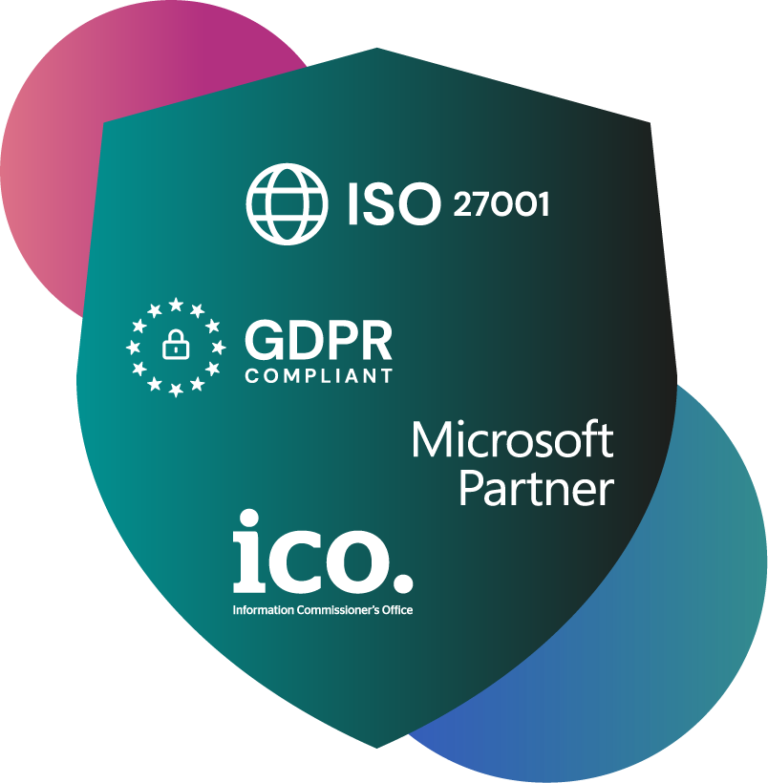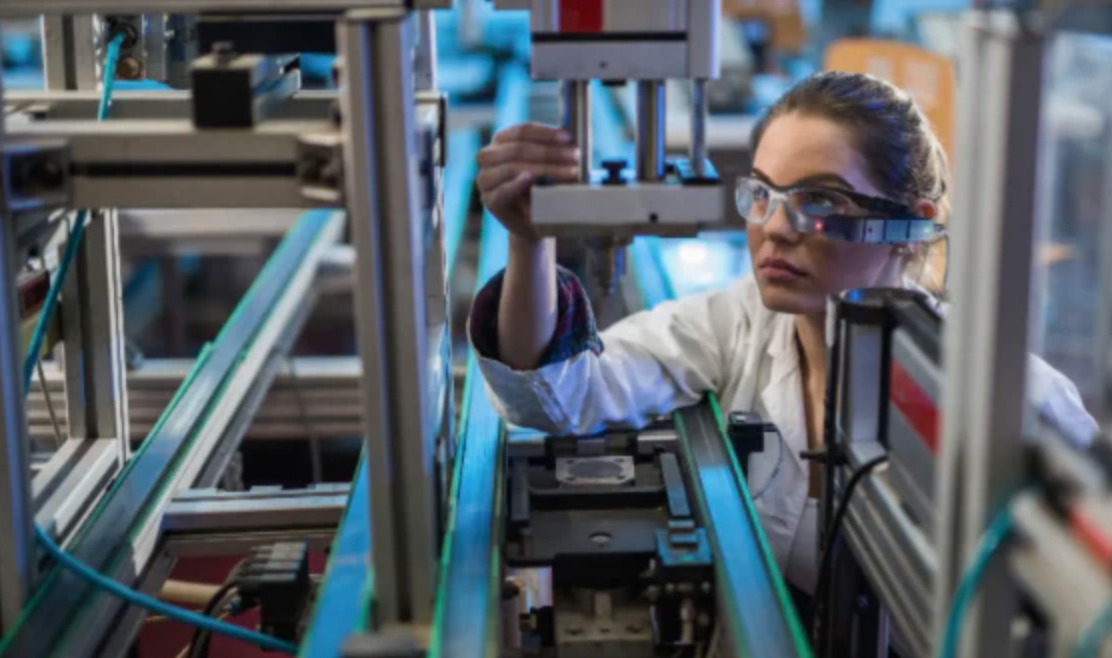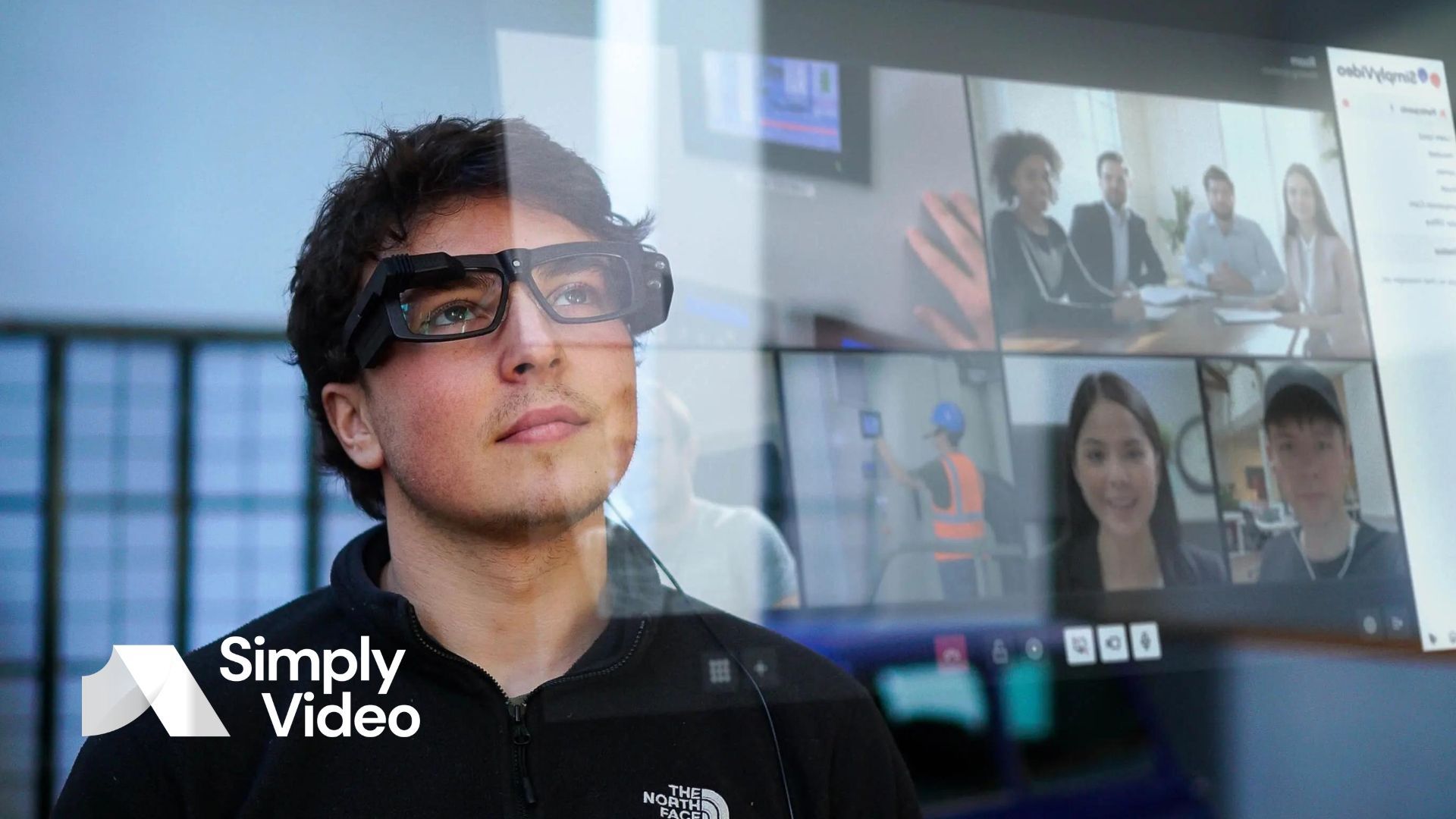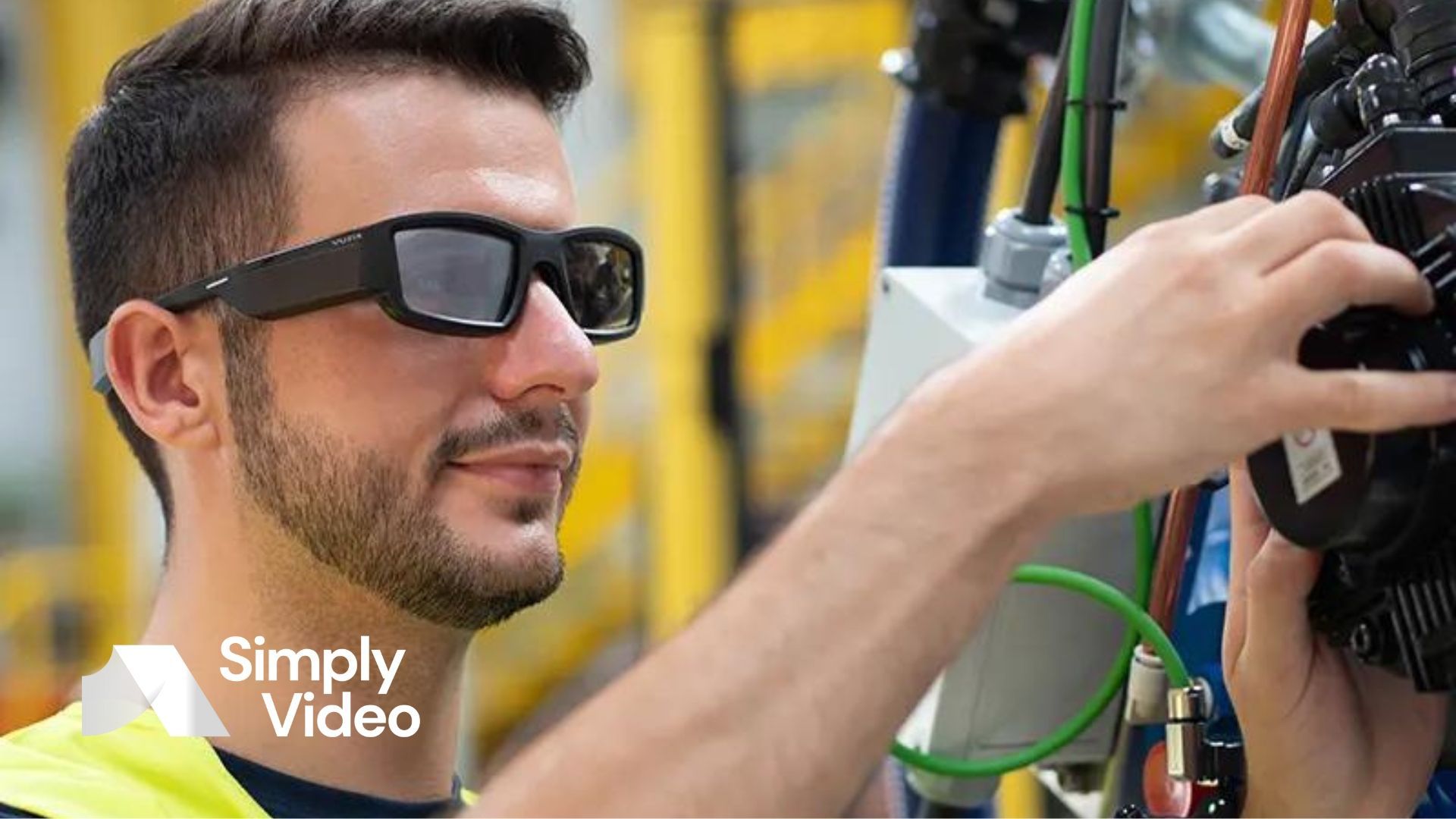Is your enterprise trying to meet sustainability targets? XR is a valuable tool in your toolbox. Hop on board as we explore the environmental case for XR.

We live in an age of sustainability targets. From the Paris Agreement and the European Green Deal all the way down to SMEs adopting recycling policies, organisations are trying to act in a way that's good for the planet as well as good for business.
If your enterprise has sustainability targets – or is just trying to act in a more eco-conscious way – then you might be looking at reducing waste or weeding out unsustainable suppliers. But have you thought about how extended reality (XR) can help?
XR isn't just about donning a virtual reality headset and swinging a digital golf club (although it could make for a fun team-building activity).
It encompasses devices that can be used everywhere from the office to the factory floor. It can help you cut down on travel and use less paper – both important parts of any sustainability policy. And it can be used to improve working practices in a range of sectors – from manufacturing to medicine, from construction to real estate.
In this article, we break down some of the ways that XR technology can help you to go green – and stay green.
A new dawn for remote collaboration
Whatever your sector, there are times when you need to speak to an expert. And there are probably times when you need that expert to be in the room with you.
Let's say you work in manufacturing. Production is halted when an essential bit of gear fails.
Until now, the solution to this would be to fly in an expert to take a look – perhaps literally. You grit your teeth and make arrangements – but you know it's both expensive and bad for the environment.
Sometimes travel is unavoidable. But if it isn't, a remote solution is a surefire way to cut your emissions.
The solution is simple.
Let's go back to the factory floor. A frontline worker is grappling with the busted bit of machinery. If she puts on a pair of augmented reality (AR) glasses with video chat functionality, an expert can see what she sees and speak to her directly.
This doesn't just solve the problem of parachuting in a technician from Timbuktu. It also gets rid of existing glitches in remote collaboration. If you rely on a phone call, you're like a house-sitter who's asking the owner to explain down the phone which switch to flip in the fusebox. The XR solution means you never have to ask which blue wire the technician is talking about.
XR-enhanced collaboration platforms like SimplyVideo take things to another level, giving the remote expert the ability to "annotate" what they see. Your frontline worker takes a snap, sends it to their helper, and gets it back with insightful, practical annotations.
In other words, cutting down on travel doesn't mean you have to sacrifice the quality of collaboration. If anything, it can give you a shot in the arm.
Virtual meeting rooms
It's not only remote experts who need ferrying around. There's also your team.
Let's say you want to deliver a training session to a team of 50. That's 50 lots of travel expenses to process – and 50 individuals with 50 carbon footprints.
Virtual meeting rooms, like those offered by the Metaverse, can help you to streamline the training process and cut emissions in one fell swoop.
You might be wondering what these holo-rooms can offer that simple video conferencing software can't. The answer is that for all their practical features, most video call platforms aren't geared towards remote collaboration. Sure, you can swap images and videos and share screens, but that won't help you much if you're trying to explain to your team what they should do in a disaster scenario.
Virtual meeting rooms, by contrast, allow you to plunge your team right into a virtual approximation of that scenario. If the purpose of today's training is to show people what to do if a crucial piece of equipment fails, you can show them that piece of equipment as a 3D object as though it's in the room with them.
This technology has the capacity to usher in an age when training is no longer boring – and more importantly, no longer forgettable. An XR-enhanced team collaborating in a training scenario is more immersive and more memorable. It's also far greener.
Similarly, if you're training up an individual, you can do so by communicating with them through an XR headset, all the time seeing what they see.
Documentation at your fingertips
Like most companies, you're probably already aiming for paperless workflows. Those ledgers and ring binders that used to be a fixture in every office are going the way of the video store. They're clunky, they can only sit in one place at a time – and they use electricity, paper and ink to produce.
Keeping documentation on the cloud is a step in the right direction. But what if a frontline worker needs to access a key piece of documentation while their hands are busy?
XR headsets allow people to summon documentation with a voice command. The information they need floats in the corner of their eye. This means that they can continue working without having to down tools and find the paperwork they need.
As with virtual workspaces, meeting rooms and training sessions, hands-free documentation is highly practical – and also a way to meet sustainability goals.
Conclusion
The business case for XR hardware is increasingly clear – and as it continues to be adopted, it will become more affordable. Whatever your sector, it gives you the tools you need to take remote collaboration to the next level.
But its environmental benefits are also worth pondering, especially if you've set yourself sustainability targets. It can cut carbon emissions by reducing travel to a bare minimum, as well as maximising your paper-free workflows.
SimplyVideo is a
remote collaboration tool that supports most popular XR devices. Interested?
Sign up here for a free 30-day trial.
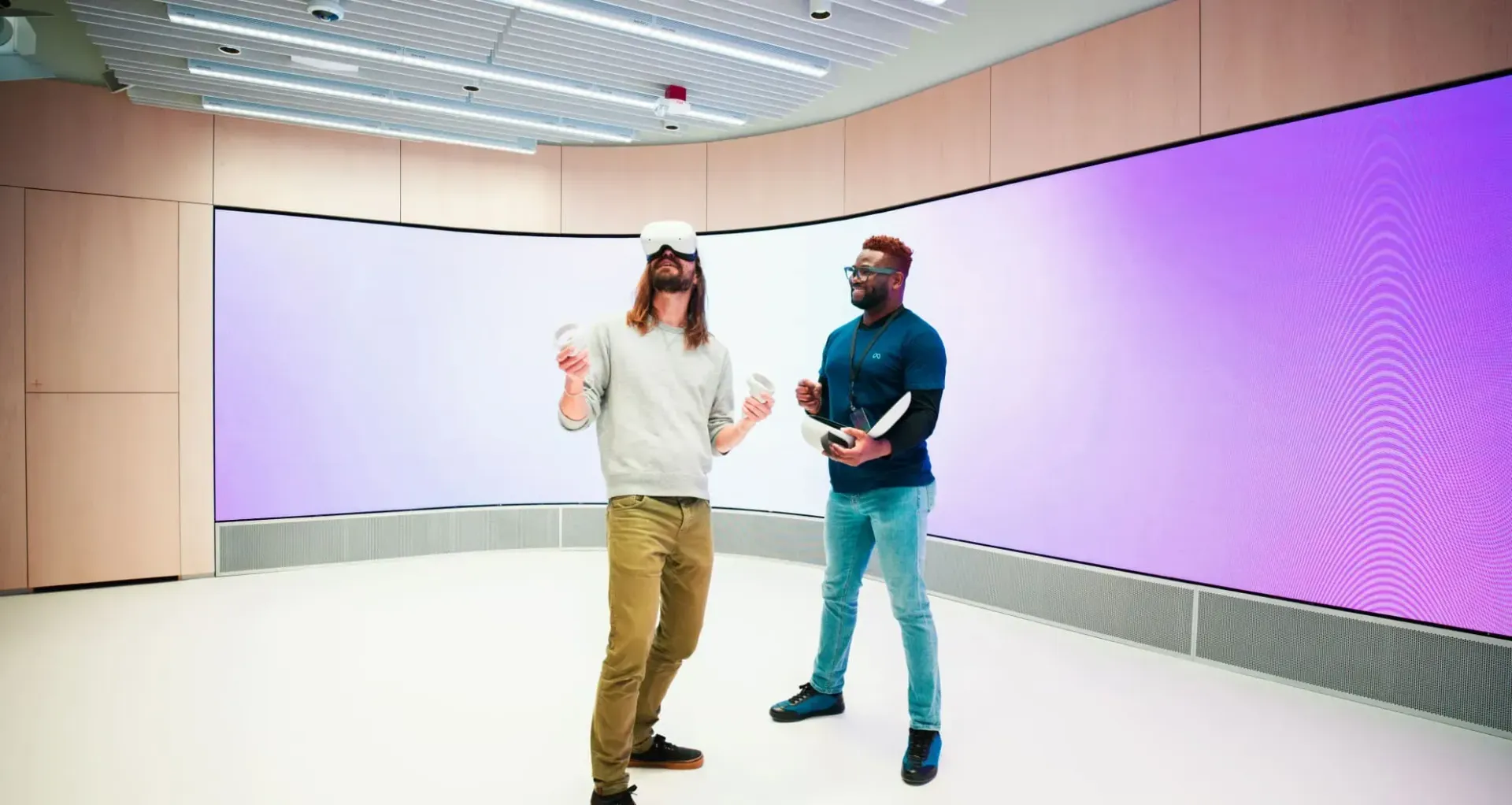

Unit 8,
Gemini Business Park,
Sheepscar Way,
Leeds,
LS7 3JB

Unit 8,
Gemini Business Park,
Sheepscar Way,
Leeds,
LS7 3JB
All Rights Reserved | Simply Video

Unit 8,
Gemini Business Park,
Sheepscar Way,
Leeds,
LS7 3JB
